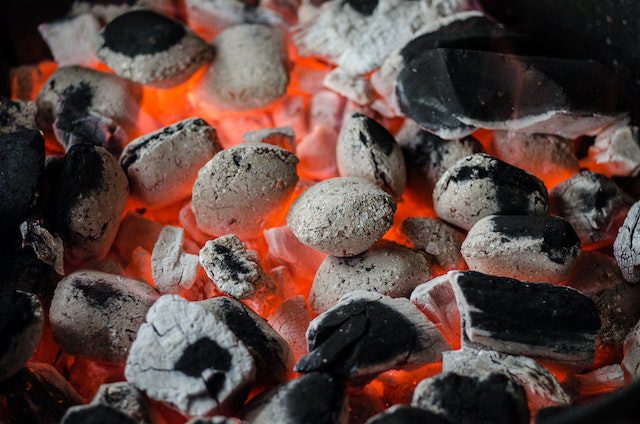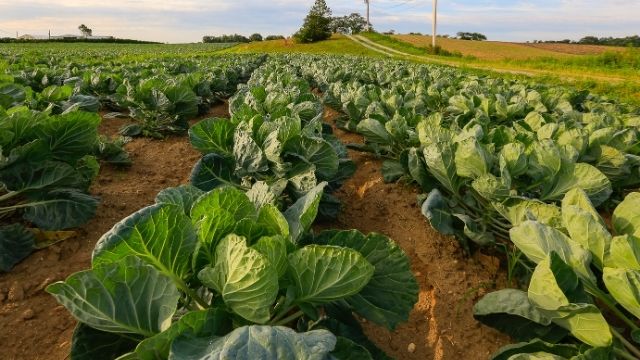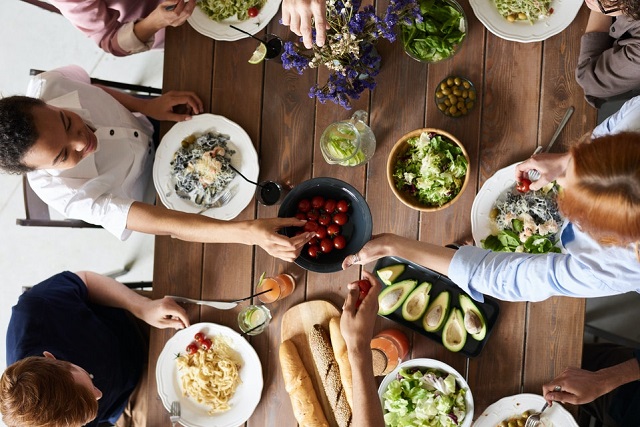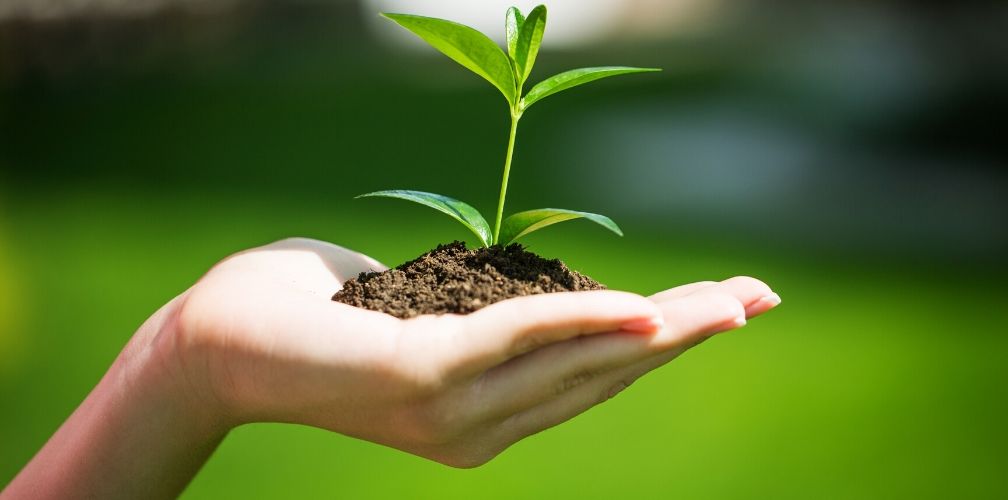What do Kenyans use to cook? According to a 2020 study, LPG, paraffin, firewood and charcoal are the primary cooking fuels in Kenya. 65% of households (majority in rural areas) prefer using firewood followed buy 19% who prefer using the LPG cooking gas. Kerosene fuel is the least used by only 6% of households.
| Primary cooking fuel | % of Households |
|---|---|
| Woodstoves | 65% |
| LPG cooking gas | 19% |
| Charcoal Stoves | 10% |
| Kerosene Stoves | 6% |
| Others | 0.2% |
Charcoal and firewood fuels are sources of energy for over 75% uses in Kenya. A 2019 report by the ministry of energy estimated that 9.6 metric tons (Mton) of fuelwood are consumed annually in Kenya. On the other hand, 2.0 Mton of charcoal are consumed.
Wood fuel is mostly used in household cooking, tea factories and institutions such as boarding schools, prisons and hospitals. Other uses are in milk processing, bakeries and kiosks.
Which is the cheapest cooking fuel in Kenya?
To determine the cheapest cooking fuel, the study analyzed cost per kg and cost per energy content.
In terms of cost per kg, firewood is the cheapest fuel followed by charcoal. LPG cooking gas is the costliest fuel in Kenya. It is closely followed by kerosene.
If you consider the cost energy content, kerosene is the cheapest fuel followed by LPG.
Disadvantages of using wood fuels
The high demand for firewood and charcoal is driven by its low cost. However, using traditional cooking stoves and fuels has many disadvantages as follows.
- Household air pollution; leads to many health complications and millions of deaths each year.
- Deforestation: Demand of firewood and charcoal exceeds forest regeneration with huge effects on land cover, weather and environment.
Best solutions to overuse of charcoal in Kenya.
Clean cooking solutions are the best alternatives to reduce the use of wood fuel. Solutions covered in this post are.
- Use an clean cooking stoves such as energy saver charcoal stoves and ethanol cooking fuel (koko cooker)
- Make charcoal briquettes at home.
- Biogas production at home
- Solar cooking stoves
In this section, we give you a way of making charcoal briquettes at home and a brief mention on making biogas production at home as well as use of solar cooking stoves. In our earlier post, learn the most affordable clean cooking stoves in Kenya.
How to make charcoal briquettes at home
A briquette is a block of compressed coal dust, charcoal dust, sawdust, wood chips or biomass and is used as a fuel in stoves and boilers. Charcoal briquettes will save your money on buying charcoal and can bring your small income by selling some to your friends. They have a growing demand since they are smokeless, cleaner and lighter to transport.
Raw materials for making charcoal briquettes.
You will need at least 6 types of ingredients in making your charcoal briquettes as per the table below.
| Ingredient | Examples |
|---|---|
| Biomass (waste) | Bagasse, Sawdust, charcoal dust, coffee husks, macadamia waste, charcoal fines, coal. |
| Accelerants | Sodium nitrate, waxes or sawdust. |
| White ash | Whiting, lime, limestone or calcium carbonate |
| Binders | Cassava, corn, wheat, acacia gum, wastepaper pulp. |
| Press Releasers | Borax |
| Fillers | Cement, clay, sand soil. |



